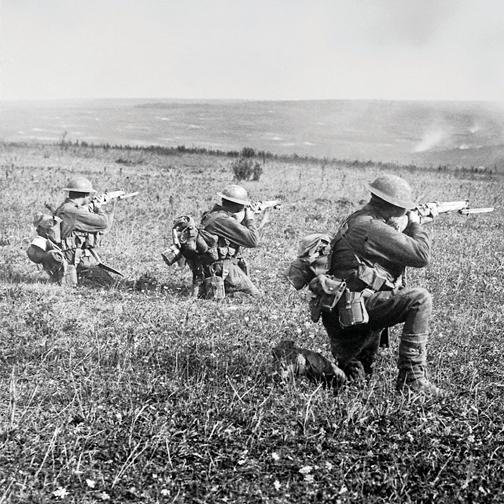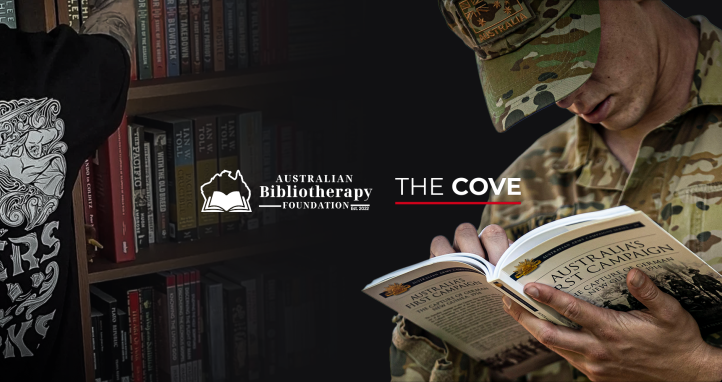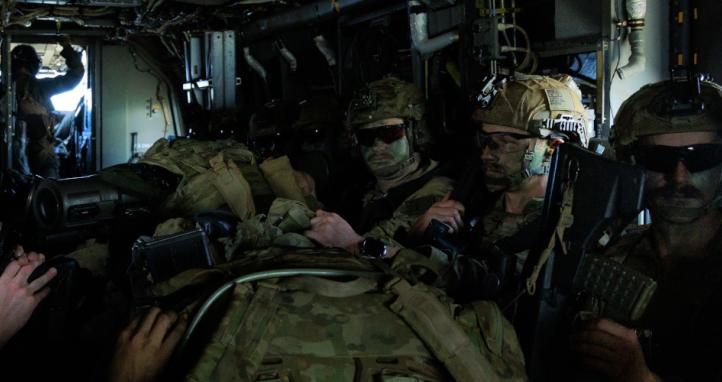Health professionals often use analogies comparing people with machines when explaining a patient’s diagnosis or response to a health event. Have you ever been told that ‘fuelling your body’ with the right food will improve your performance, equating fast food with cheap petrol and superfoods with premium?
Another one (my least favourite): patients are told they have ‘wear and tear’ on their joints from overuse, and that their knees need replacing like worn out car parts. While good analogies can be useful in explaining basic concepts (food as fuel), poor ones can downplay the complexity of the human body, oversimplify diagnoses, or just be downright inaccurate.
There is plenty of research that debunks the concept of ‘wear and tear’ of joints, but that is an argument for another day. We must respect that humans are more like complex ecosystems than machines; we don’t come with manuals and, despite many myths, don’t breakdown like machines.
The disclaimer about poor human-machine analogies aside, I’m going to use a similar system-level analogy to argue how Army should enhance our most important capability – the soldier. If we look at the huge investment Defence allocates to the maintenance of vehicles, weapons, IT systems, and technology to keep those capabilities operational – a compelling case can be made to invest (more than what we currently do) in what keeps our people operational.
I’m not talking about what is spent from a human resources or personnel management perspective; I’m talking about physical and mental force preservation. Call it what you want – force protection, human performance, injury prevention – it’s the left of bang (injury/illness being the bang) where we need to improve our investment in.
We will always need the healthcare system to provide treatment for physical and mental health injuries and illnesses, but no one can argue it is not more economical and better for both the organisation and individual to prevent avoidable injuries and illnesses. The Productivity Commission Inquiry of 2019, A better way to treat veterans and the Royal Commission into Defence and Veterans Suicide recommended Defence improve their approach to reduce the burden of musculoskeletal injuries.
As a physiotherapist, my principal business is to treat injuries, but you don’t need a PhD in health economics to understand that prevention is cheaper than cure, and the SMEs on injury prevention are one and the same as those who treat the injuries. Additionally, there is strong evidence that links chronic physical conditions to poorer mental health outcomes.
With a new Health Brigade recently raised we have an opportunity to improve the way we invest in integrated proactive health care – i.e., force protection / human performance. Integrated is the key term. JHC provide treatment in garrison, but prevention must occur before injury or illness arises, whether that be in training or on operations. Preventative health strategies need to be designed and integrated in the single services and have input from health at the coalface (training establishments and combat brigades) for them to be adopted and effective.
Human Performance (HP) has been a term used in Army for close to a decade now and the initiatives are largely the same as preventative health strategies. Future biotechnological enhancement and augmentation aside, HP is about improving the health of soldiers to enable them to form cohesive teams and outperform our adversaries. If we do not acknowledge the foundation of health in human performance, then we are diluting efforts in multiple areas to the detriment of our members.
The piecemeal, unregulated approach that sees HP as mostly bottom-up initiatives (some fantastic, some misguided) needs to have improved governance around it. While there is great work occurring in Headquarters Forces Command, it is still heavily under-resourced compared with funding and staff allocated to the IT, vehicle, and weapons projects.
HP, health promotion, and injury prevention must be resourced at all levels – strategic, organisational, and tactical. As the 2nd Brigade Senior Physiotherapist, I sit in the only O4 physio position in Army. I am acutely aware how underrepresented the physical health prevention space is. I also spent seven months last year acting in the sole HP position in Army Headquarters and attended multiple international conferences.
While other Five Eyes nations sent O5 and O6 representatives who were SMEs in health sciences, I was frequently the highest ranked Australian Army representative. While the experiences were rewarding for me personally, it is frustrating to see our organisation lag behind our international counterparts.
The opportunity of the Health Brigade to achieve an integrated approach to prevention exists with uniformed members that can team with personnel, training, operations, logistics, and modernisation branches; and bridge the gaps between research and science to implement the solutions.
Opportunities
Tactically: in the health battalions there are a handful of motivated physios who are implementing programs and supporting the combat brigades. With the coordination and representation at headquarters, this is the best chance we’ve had to professionalise and provide force preservation effects and physical performance optimisation.
Organisationally: we have the opportunity to improve advice on training program design and policy, better representation at unit and Individual Welfare Boards as required, to improve the teaming with PTIs, provide education internally to health colleagues and to broader Army on our role in generating and maintaining capability.
Strategically: we need to have better representation where policy is decided. When you consider a $4bn annual cost from DVA on musculoskeletal injuries, and millions of dollars annually spent by Joint Health Command, injury prevention should be a priority for Army (hand in hand with mental health). Uniformed physios, with an understanding of injuries, prevention, and policy are best placed to contribute on how we reduce this burden for Army.
The raising of the Health Brigade is an exciting time for Army’s health professionals. The Health Capability Establishment Review rightly focussed on the critical ‘big rocks’ around trauma teams, doctors, nurses, and the principles of operational medicine. With the Transfer of Authority from 17 Sustainment Brigade complete, and the foundations of the new capability in place, the time is right to ensure the small-but-powerful ‘force multiplier’ roles like physiotherapy are adequately resourced to preserve and enhance Army capability.










As an important aside, from me as an occasional ADF Physio patient, and on behalf of many members I've supported as a chaplain who appreciate the support of physios, thanks for all you and other physios do for us hands on.
Army is a continually evolving organisation that requires agile and robust capability needs, all generally reflective of external inputs but time and effort needs to be invested "looking in".
Human Performance is about optimising a persons 24 hour period; second by second, minute by minute etc. The system Army employs is "period driven / modulised" so it doesn't interconnect different components of a day. Residual loading of occupational specificity e.g room floor combat drills, section attack training or going to the range coupled with daily stress, sleep hygiene, HRV, hydration, nutrition and morning PT isn't considered daily, weekly, monthly, yearly or better yet throughout a Soldiers career. As you suggested,
humans are like ecosystems, we are influenced by many external/internal inputs which we need to negotiate when conducting our business - our training also needs to simulate this.
The PTI qualification is limited, particularly at the influential level to provide AHQ with relevant Human Performance strategies to bring us inline with best practise. Secondly, interconnecting all Army personnel on a digital platform (albeit would initially be very costly) from recruit training through to discharge where the pillars of Human Performance (Physical, Mental, Emotional, Social and Spiritual) are monitored, programmed and used to enhance soldier longevity.
Why is it that we are in the year 2023 and we are still not using metrics like HRV, sleep hygiene scores, etc. to ensure the holistic health and wellbeing of our one true common denominator - THE HUMAN!?
Emma - Really appreciate your article and hope that you continue to drive Army in the HP space. Its something that a "true emphasis" needs to be put on so that our Army can continue to prosper into the future.
Jimmy Wright